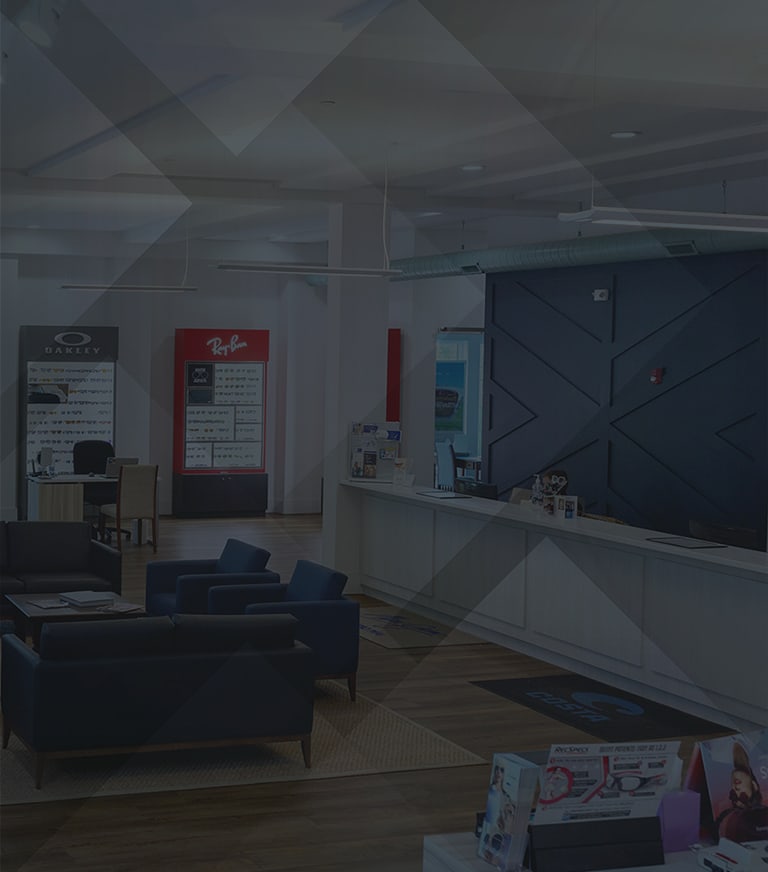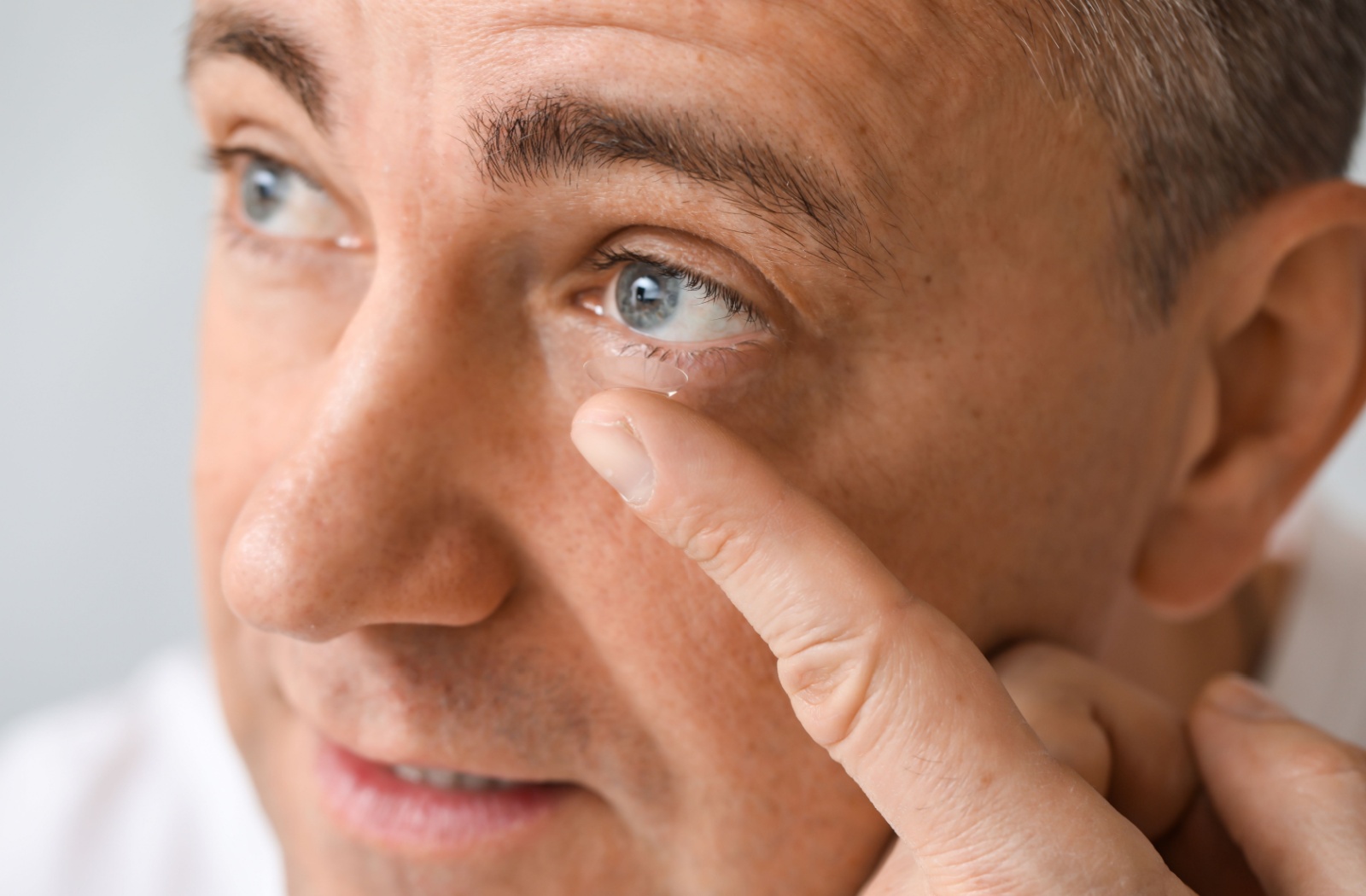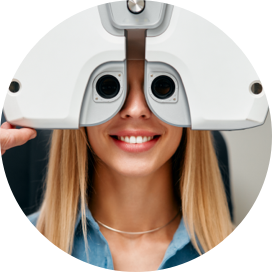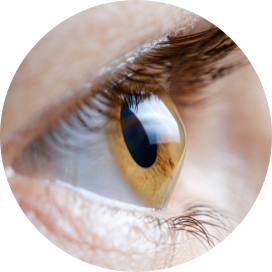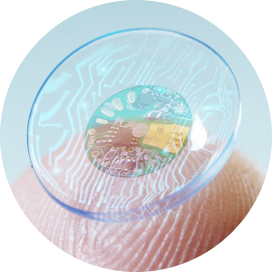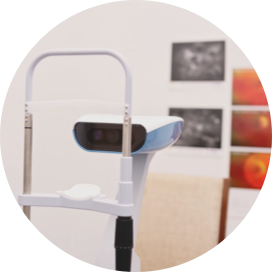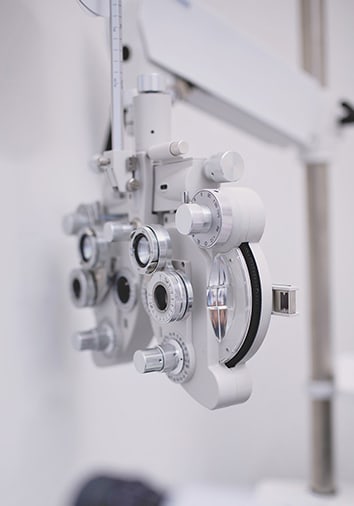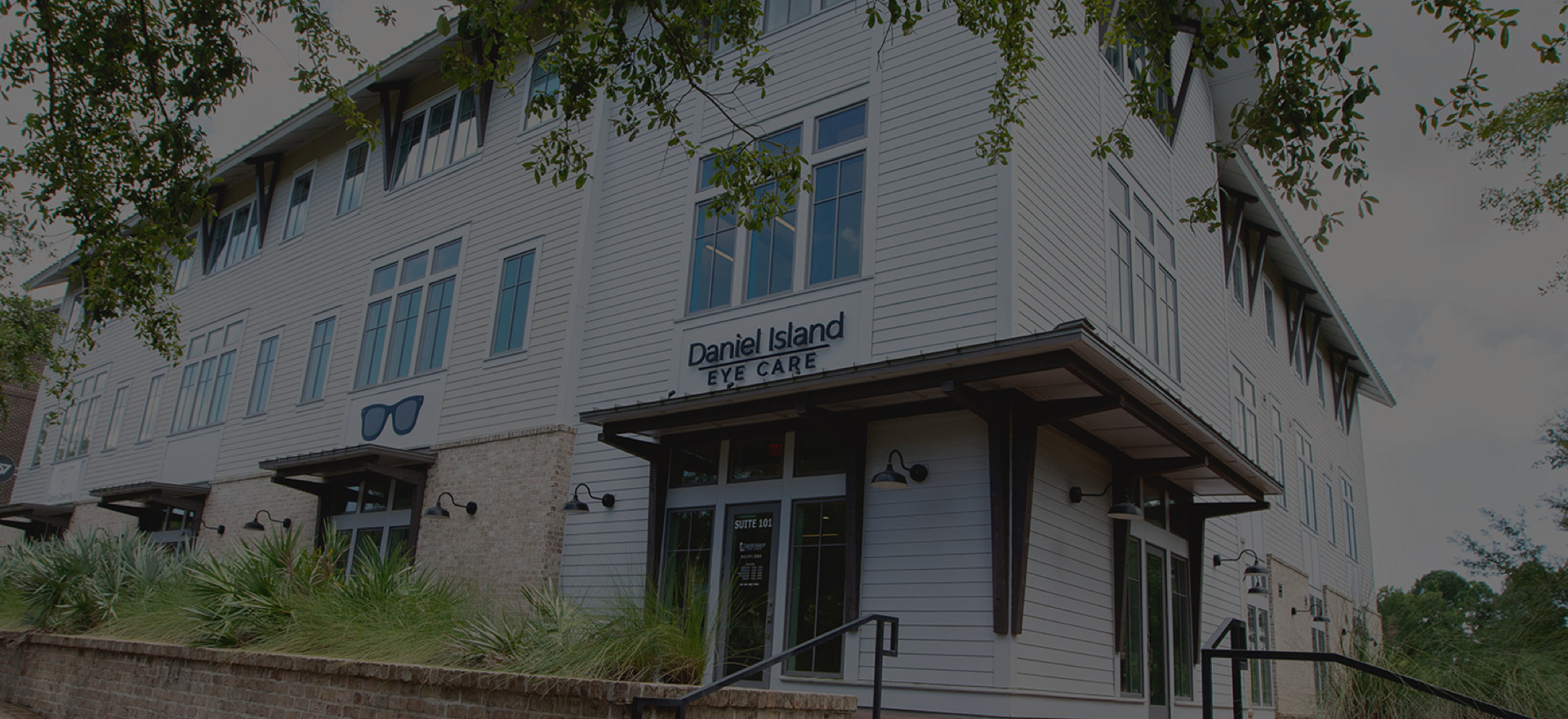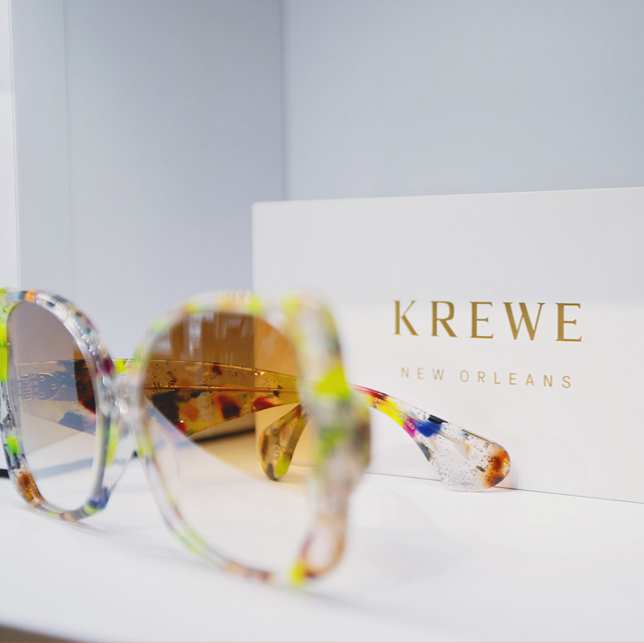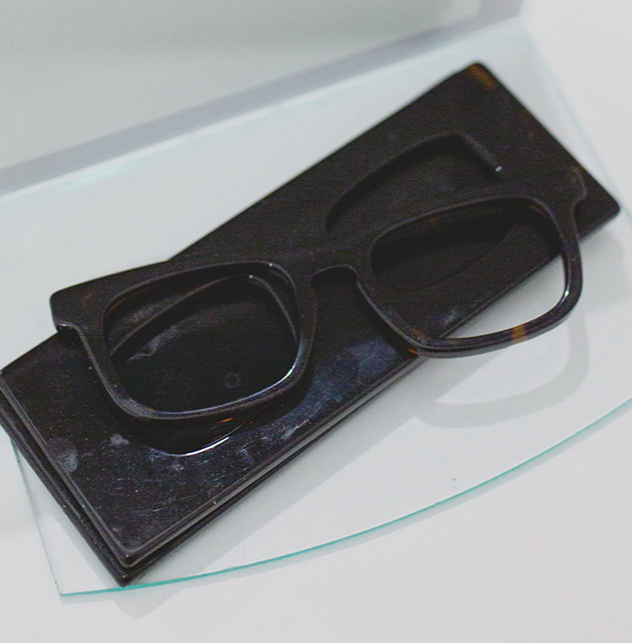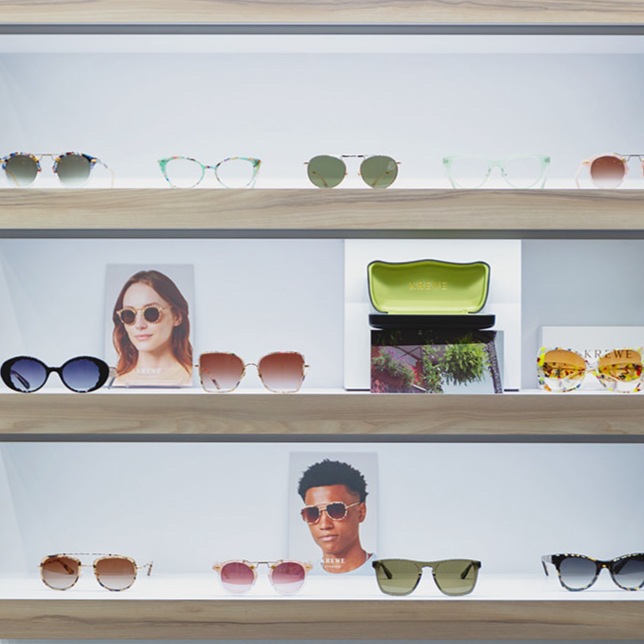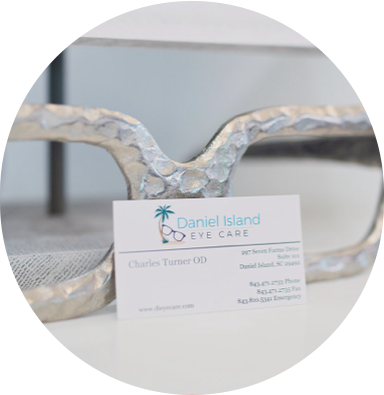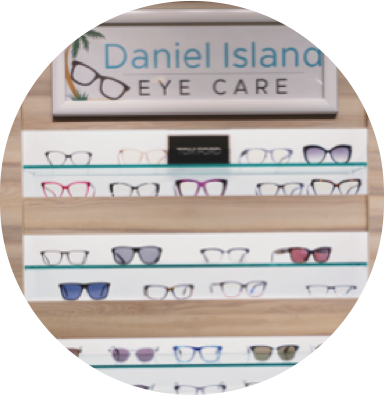If you’ve been relying on reading glasses for years or juggling multiple pairs of spectacles, you might wonder if there’s a more convenient solution. For many people, the answer is to get bifocal contact lenses. These specialized lenses cater to people who struggle with near and distant vision, known as presbyopia.
Contact lenses aren’t right for everyone, though. The first step is visiting your eye doctor for a contact lens exam and fitting. Your optometrist can determine whether you’re a suitable candidate for contact lens wear and prescribe an appropriate lens.
Understanding Bifocal Lenses
Like bifocal glasses, bifocal contact lenses are designed to correct distance and near vision in a single lens. They’re specifically created for people with presbyopia, which typically develops after age 40 when the eyes start losing their ability to focus on close-up objects.
How Do They Work?
Bifocal contact lenses include two different prescription powers within the same lens. There are two main designs of bifocal contacts, each serving a slightly different purpose based on your vision needs and preferences:
- Segmented Design: This design mimics bifocal glasses, with a distinct division between the upper and lower halves of the lens. The lens allows your eye to position itself naturally based on where you’re looking.
- Concentric Design: With this type, distance and near vision zones are always on the lens surface. These lenses rely on your brain to focus on the correct image for your viewing, whether it’s something far away or up close.
Benefits of Bifocal Contact Lenses
You may wonder, “Why would I choose bifocal contact lenses over reading or traditional bifocal glasses?” Here’s why they’re becoming a popular choice among people with presbyopia.
Convenience
Say goodbye to the constant on-and-off process of using reading glasses. With bifocal contacts, you don’t need to lug around multiple pairs of glasses or remember where you left them.
Improved Field of Vision
Unlike glasses, which can obstruct your line of sight (like the frames or lens edges), contact lenses provide a broader, unimpaired field of vision.
Freedom & Flexibility
Whether you’re hiking, playing sports, or simply lounging at home, bifocal contacts allow you to enjoy an active lifestyle without worrying about glasses slipping or breaking.
Style
Contacts eliminate the need for glasses altogether, allowing you to show off your face freely while still enjoying clear vision.
Customizable Options
With many types and designs available, bifocal contacts can often be tailored to fit your prescription and lifestyle.
Who Is a Good Candidate for Bifocal Contacts?
While bifocal contact lenses are an excellent option for many, they aren’t a one-size-fits-all solution. Certain factors make someone an ideal candidate for these lenses:
- You have presbyopia: If you’re experiencing difficulty focusing on objects both near and far, bifocal contacts might be the answer.
- You’ve been comfortable with contacts before: If traditional contact lenses have worked for you in the past, transitioning to bifocals should be relatively smooth.
- You lead an active lifestyle: If you’re frequently on the move, bifocal lenses can provide vision correction without the hassle of glasses.
Factors to consider that may make bifocal contacts less than ideal:
- Dry eyes: Some lenses may not be as comfortable if you suffer from dry eyes. But new materials are designed to help combat this issue.
- Complex prescriptions: People with highly complex prescriptions may find better results with glasses, but this isn’t always true.
Potential Challenges & Solutions
No lens is perfect, and bifocal contacts come with their own set of challenges. But don’t worry. Most of these issues have manageable solutions. Common challenges include:
- Adjustment period: It can take some time for your eyes and brain to adapt to bifocal contacts, especially if you’re transitioning from glasses to lenses.
- Slightly reduced clarity at certain distances: Since bifocal designs split vision for multiple distances, there may be a slight difference in clarity compared to single-vision lenses or glasses.
The solutions to these challenges include:
- Give it time: It might take a week or two to adjust to the lenses fully, but most wearers adapt quickly.
- Trial programs: Many optometrists offer trial programs where you can test the lenses and make adjustments to the fit or prescription if needed.
- Regular eye exams: Keep up with your optometrist visits to ensure the lenses are working optimally for you.
Clear Vision Awaits You
Bifocal contact lenses are a practical solution for anyone looking to simplify their vision correction routine. They’re convenient, stylish, and designed for the modern lifestyle. Whether working, exercising, or relaxing, bifocal lenses offer seamless vision at multiple distances.
The best way to determine if they’re right for you is to schedule a consultation with your local eye care professional. They’ll decide if you’re a good candidate and guide you toward the best lenses for your needs.
Call our team at Daniel Island Eye Care today to request an appointment with one of our experienced optometrists and see the difference for yourself.
